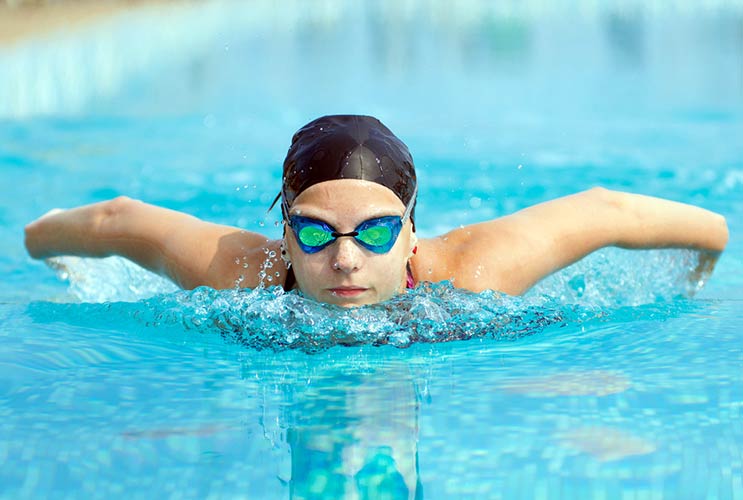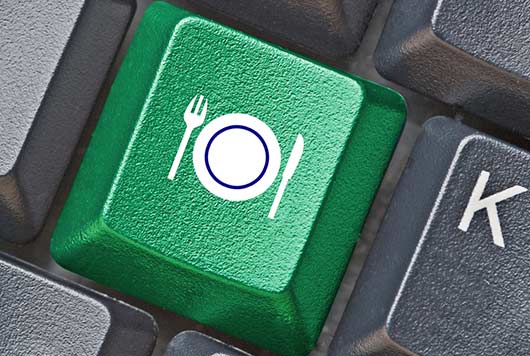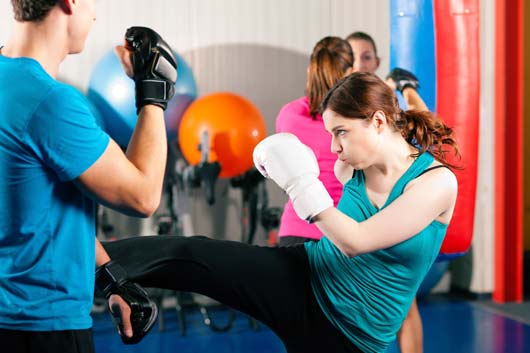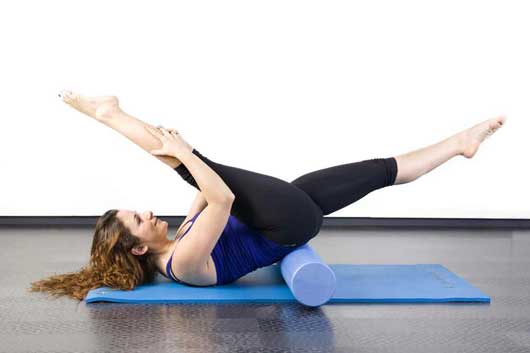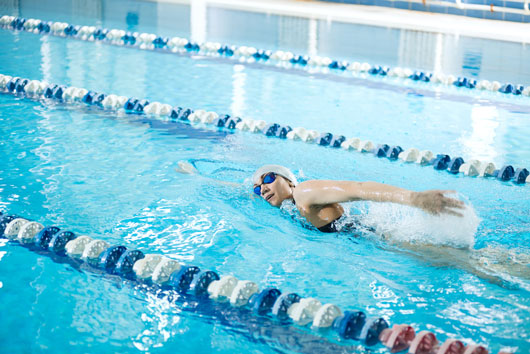
For starters when it comes to swimming techniques, interval training is more efficient than continuous swimming. Continuous low-intensity swimming is an inefficient way to slowly build your stamina. Interval training (repetitions of shorter distances, swum at higher intensities) is far more intense a workout and highly effective. Learning to keep the pace will also take your laps to the next level. If you want to improve your cardiovascular fitness and start burning fat, don’t swim as fast as you can, but aim to train at 70% and only give yourself short rest periods between laps. The most common problem beginner to intermediate swimmers face is the difficulty in setting and sticking to a pace. They either go too fast and get tired or do not push themselves enough. That’s why experts suggest swimming in an indoor pool with a pace clock to keep an eye on. Knowing how long you are taking to do each lap is key to taking your workout to the next level.

